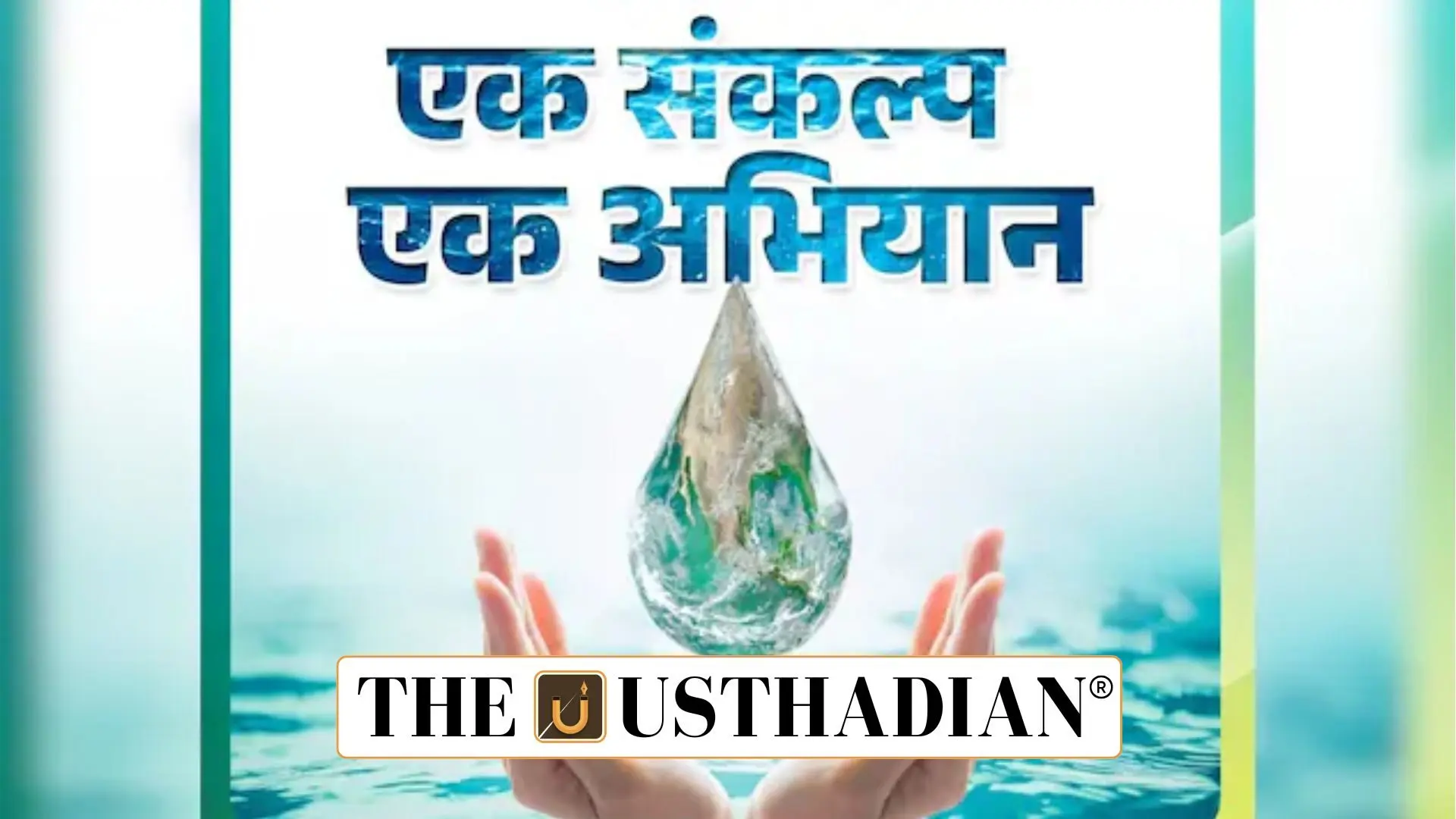Madhya Pradesh’s new water drive gains traction
Madhya Pradesh Leads with Jal Ganga Sanvardhan Abhiyan: The Jal Ganga Sanvardhan Abhiyan, launched on March 30, 2025, is a fresh attempt by the Madhya Pradesh government to tackle water scarcity and revive the state’s neglected water bodies. This campaign is not just about cleaning rivers; it’s about restoring ecological balance. One of its first successes is the revival of the Ghoda Pachhad River in Khandwa district—a sign that the campaign is already making waves.
Goal to revive rivers and people’s participation
The goal of this initiative is simple but impactful—revive rivers, ponds, wells, and other traditional water sources. Beyond physical cleaning, the program is tied to the Swachh Bharat Mission 2.0, aiming to clean polluted water sources. What makes it unique is its focus on community participation, especially involving women. This adds a social edge to an environmental mission.
Ridge to Valley method leads the approach
The campaign uses a smart technique called ‘Ridge to Valley’. Imagine capturing water at the highest point and allowing it to soak in as it flows downhill. This reduces runoff and helps recharge underground aquifers. Madhya Pradesh aims to apply this over a 33 km stretch, showing that large-scale efforts are possible with clear planning.
Also, with urban areas discharging 450 million litres of wastewater daily, the state is actively setting up Sewage Treatment Plants (STPs) to reduce river pollution. This aligns with India’s broader goals under the Namami Gange and Swachh Bharat programs.
Events that engage people with purpose
The campaign is not just technical; it’s also emotional. Events like Ganga Dussehra celebrations, tree plantation drives, and cultural activities are woven into the plan. These aim to reconnect people with the value of water resources and make the cause a collective responsibility.
Results already visible
The impact is becoming visible. Madhya Pradesh has grown its Ramsar Sites (internationally recognised wetlands) from 1 in 2002 to 5 in 2025. Notably, Indore has become India’s first Wetland City, a recognition that places it on the global ecological map. Additionally, 13,565 wetlands larger than 2.25 hectares have been physically verified, underlining how data and action go hand in hand.
Future looks promising
The campaign runs till June 30, 2025, but the government is thinking long term. Plans are in place to build green belts around water bodies, install rainwater harvesting systems, and repair leaky infrastructure. Urban drinking water quality is also being looked at closely, which can have a lasting impact on public health.
A natural fit with Swachh Bharat
This effort fits naturally with the Swachh Bharat Mission, especially its urban push to improve sanitation and eliminate open defecation. Managing solid waste and ensuring cleaner cities strengthens the cause of cleaner water.
Static Usthadian Current Affairs Table
| Topic | Detail |
| Launch Date | March 30, 2025 |
| Key River Revived | Ghoda Pachhad River, Khandwa district |
| Core Strategy | Ridge to Valley water harvesting |
| Wastewater Managed Daily | 450 million litres |
| Number of Verified Wetlands | 13,565 (over 2.25 hectares) |
| Ramsar Sites in MP | 5 (increased from 1 in 2002) |
| India’s First Wetland City | Indore |
| Linked Program | Swachh Bharat Mission 2.0 |
| Campaign End Date | June 30, 2025 |
| Community Role | Women-led public participation |








